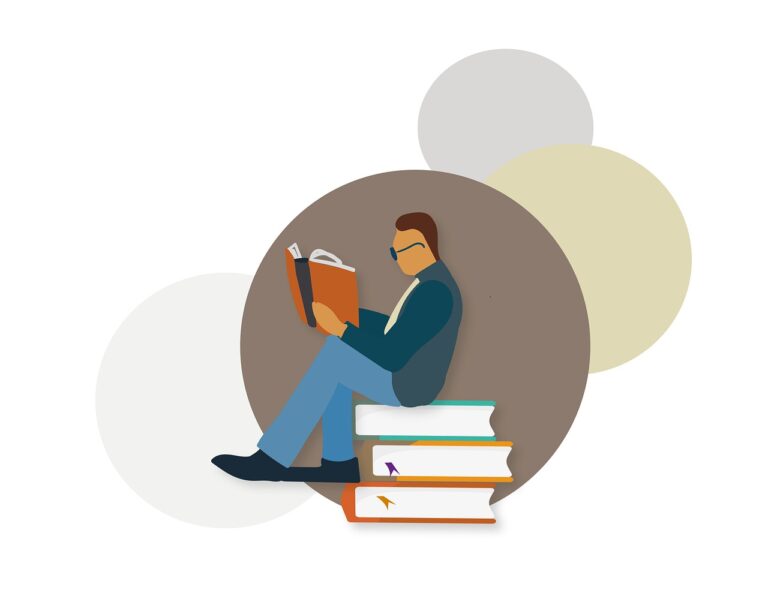Leveraging Educational Technology for Special Education Needs
Navigating the realm of special education needs presents an array of challenges for educators and caregivers alike. One notable obstacle revolves around the individualized nature of support that students require. Each child with special needs requires a tailored approach, making it essential for educators to carefully craft interventions that cater to the unique abilities and limitations of the student.
Moreover, the scarcity of resources in special education exacerbates the challenges faced by schools and families. From specialized training for teachers to unique learning materials tailored to diverse needs, the financial strain on educational institutions can hinder the provision of optimal support for students with special needs. This underscores the importance of advocating for increased funding and resources in the realm of special education to ensure that all students have access to the support they require to thrive academically and beyond.
Understanding Different Learning Disabilities
Learning disabilities are a diverse group of conditions that affect an individual’s ability to receive, process, analyze, or store information. These disabilities can impact a person’s reading, writing, math skills, or even their ability to understand and follow instructions. It is important for educators and caregivers to recognize the unique challenges that each learning disability presents, as well as the individual strengths and talents that individuals with learning disabilities often possess.
Common learning disabilities include dyslexia, dysgraphia, dyscalculia, and auditory processing disorder. Dyslexia, for example, affects a person’s ability to read fluently and accurately, while dysgraphia impacts writing skills. Dyscalculia involves difficulties with understanding numbers and math concepts, and auditory processing disorder affects how the brain processes auditory information. By recognizing the specific characteristics of each learning disability, educators can provide appropriate support and interventions to help individuals with learning disabilities reach their full potential.
Benefits of Using Technology in Special Education
Technology has revolutionized the field of special education, offering new ways to support students with diverse learning needs. Through the use of specialized software and devices, educators can personalize learning experiences, making lessons more engaging and accessible to students with disabilities. Technology also provides opportunities for students to work at their own pace, fostering independence and confidence in their abilities.
Incorporating technology into special education programs can enhance communication between teachers, students, and parents, ensuring a collaborative approach to learning. Online platforms and digital tools enable real-time feedback and assessment, allowing educators to track student progress more effectively. Additionally, technology provides avenues for inclusive learning experiences, breaking down barriers and creating a more inclusive educational environment for all students.
• Technology offers new ways to support students with diverse learning needs
• Personalizes learning experiences, making lessons more engaging and accessible
• Allows students to work at their own pace, fostering independence and confidence
• Enhances communication between teachers, students, and parents
• Enables real-time feedback and assessment for tracking student progress effectively
• Provides avenues for inclusive learning experiences in a more inclusive educational environment
What are some common challenges faced in special education?
Some common challenges in special education include limited resources, individualized learning needs, behavior management, and communication barriers.
How can technology help in addressing the challenges of special education?
Technology can help by providing personalized learning experiences, improving communication between educators and students, enhancing accessibility to learning materials, and offering interactive tools for better engagement.
How can technology accommodate different learning disabilities?
Technology can accommodate different learning disabilities by providing assistive technologies such as screen readers, speech-to-text tools, magnification software, and interactive learning apps tailored to specific needs.
What are some benefits of using technology in special education?
Some benefits include increased engagement and motivation, improved access to educational resources, enhanced communication and collaboration, personalized learning experiences, and better tracking of student progress.
How can educators integrate technology effectively in special education classrooms?
Educators can integrate technology effectively by incorporating assistive technologies, providing training and support for both students and teachers, utilizing educational apps and software, and continuously evaluating and adjusting the use of technology based on student needs.







